Lantern
Chinese lantern is a classical traditional cultural craft in China, also known as Dengcai (灯彩), originated in the Western Han Dynasty more than 1,800 years ago. Every year around the Lantern Festival on the fifteenth day of the first month of the lunar calendar, people hang red lanterns symbolizing the meaning of reunion to create a festive atmosphere. Later, lanterns became a symbol of the festiveness of the Chinese people.
Lantern has the meaning of symbolize reunion, festive, and peace. Lanterns in traditional culture are integrated with painting art, paper-cutting, paper tie, bayonet, and other crafts. Among the lanterns made in ancient China, Gong Deng (宫灯, palace lanterns) and Sha Deng (纱灯, gauze lanterns) are the most famous.
Lanterns are closely connected to the Chinese people, a ballad tells its festive colors and functions: carry lanterns on the Lantern Festival, hang red lanterns on the Dragon Boat Festival in May, fly lanterns in June, release lotus lanterns on the Ghost Festival, buy jade rabbit lanterns on the Mid-Autumn Festival, and Kongming lanterns on the Double Ninth Festival.
In fact, many traditional cultures handed down from ancient times are also symbolic. They are the products of the wisdom of predecessors and also contain the simplest wishes and expectations.
Kite
Kites were invented by the ancient Chinese working people during the Spring and Autumn Period of the Eastern Zhou Dynasty, more than 2,000 years ago. It is said that Mo Di made wooden birds from wood, which has been developed for three years, which is the earliest origin of human kites. Later, Lu Ban used bamboo to improve Mo Di's kite material. It was not until the Eastern Han Dynasty that Cai Lun improved papermaking that the workshop began to make kites with paper, which was called "Zhi Yuan (纸鸢)".
By the Northern and Southern Dynasties, kites began to become a tool for transmitting the information. During the Sui and Tang Dynasties, due to the development of the paper industry, people began to use paper to mount kites.
In the Song Dynasty, kite flying became a favorite outdoor activity. Zhou Mi of the Song Dynasty wrote in "Wu Lin Jiu Shi": "On Qingming Festival, people go to the suburbs to fly Yuan (鸢, kite) and return at dusk." There is a vivid scene of flying kites in Zhang Zeduan's "Along the River During the Qingming Festival (清明上河图)" in the Northern Song Dynasty and "Baizi Tu" by Su Hanchen in the Song Dynasty. Thus it can be seen that kite is a traditional cultural craft.
Flute
The flute is the oldest Han musical instrument found so far, and it is also the most representative and national distinctive playing instrument among Han instruments.
One of the woodwind instruments commonly used in traditional Chinese music, the Chinese bamboo flute, is generally divided into the south Qu Di (曲笛), the north Bang Di (梆笛), and the Zhong Yin Di (中音笛) between the two. The voice range can generally reach two octaves and two more.
The flute is often used in Chinese folk music, opera, Chinese national orchestra, and modern music, as one of the representative instruments of Chinese music. In the national band, the flute is an important blowpipe instrument and is regarded as the representative of the national woodwind music.
Embroidery
Embroidery is a general term for various decorative patterns embroidered on fabrics, which can be divided into silk embroidery and feather embroidery. It is a decorative fabric that punctures silk thread or other fibers and yarns on the embroidery with a certain pattern and color, and embroidery to form a pattern. And it is the art of adding human design and production to any existing fabric with needles and threads.
Embroidery is one of the traditional Chinese handicrafts, with a history of at least 2,000 to 3,000 years in China. Chinese embroidery mainly includes four categories: Su embroidery, Xiang embroidery, Shu embroidery, and Yue embroidery. The techniques of embroidery include cross-stitch work, disordered needlework, allover embroidery, etc. The use of embroidery mainly includes life and artistic decoration, such as clothing, bedding, tablecloth, stage, and so on.
Antithetical Couplet
Antithetical couplet (对联), also known as Mendui(门对), Chunlian(春联), Taofu(桃符), Yonglian(楹联), etc. As a kind of traditional cultural creation in China, it is a kind of dual literature.
The origin of the couplet, one is that it originated from Taofu, and the other source is the Chuntie. The ancients posted the word "Yichun (宜春)" at the beginning of spring, and then gradually developed into Chunlian, expressing the good wish of the Chinese working people to ward off evil spirits and disasters and welcome good fortunes.
A couplet is an antithesis statement written on paper, cloth, or engraved on bamboo, wood, and columns. Simplicity and deep meaning, antithetical and neat, level and oblique tones to coordinate, the same number of words, and the same structure are the unique art form of the Chinese language.
Pianwen (骈文, a highly stylised prose style) and Lüshi (律诗, a specific form of Classical Chinese poetry verse form) are the two direct sources of the couplet. In the long historical process, the couplet absorbs the characteristics of ancient poetry, prose, lyrics, and music.
The couplet is a treasure of traditional Chinese culture, and the earliest historical couplet appeared in the Three Kingdoms era. During the reign of Ming Hongwu (1368-1399), a huge iron cross was unearthed in Luling, Jiangxi Province (now Ji’an City, Jiangxi Province), casting the Sun Quan Chiwu year (238-250) in the Three Kingdoms era.
The couplets hanging during the Spring Festival are called Chunlian, funeral couplets are called Wanlian, and wedding couplets are called Qinglian.
As a custom, couplet is an important part of the traditional culture of the Han nationality. In 2005, the State Council of China listed the couplet customs as one of the first national intangible cultural heritage lists. The customs of couplets are inherited and circulated in Chinese and even regions around the world, as well as in ethnic groups with cultural origins of Chinese characters, which is of great value for the promotion of Chinese culture.
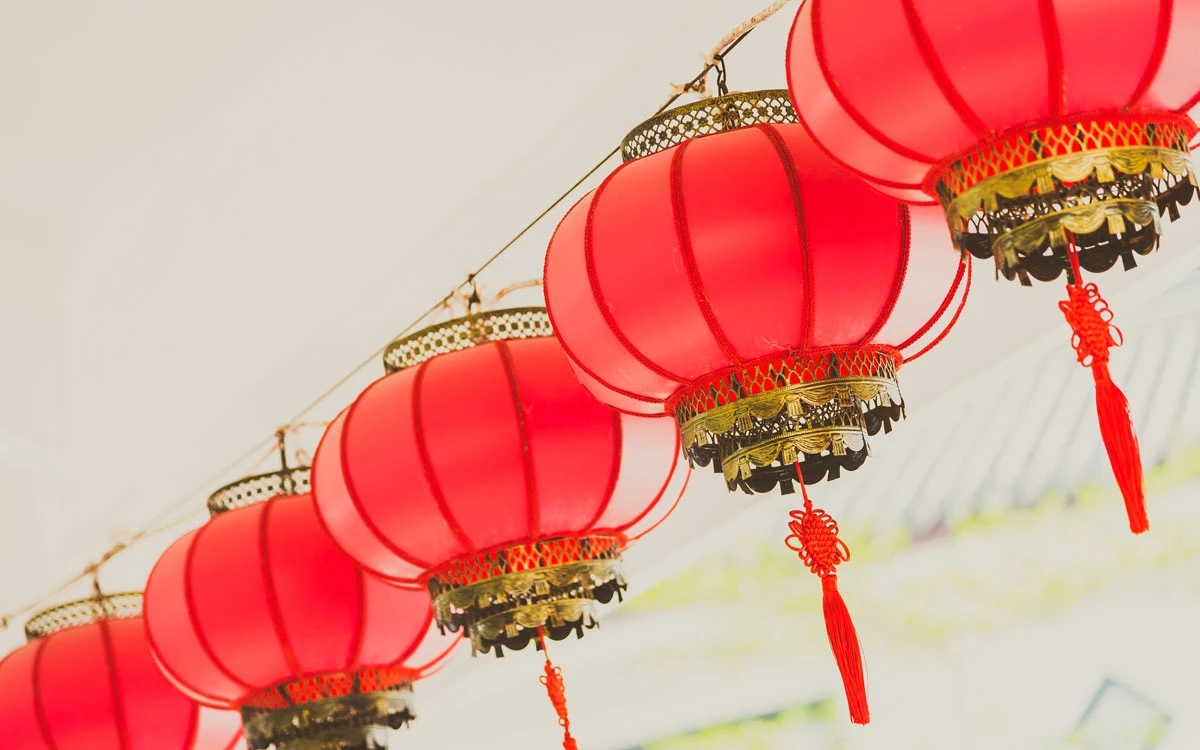
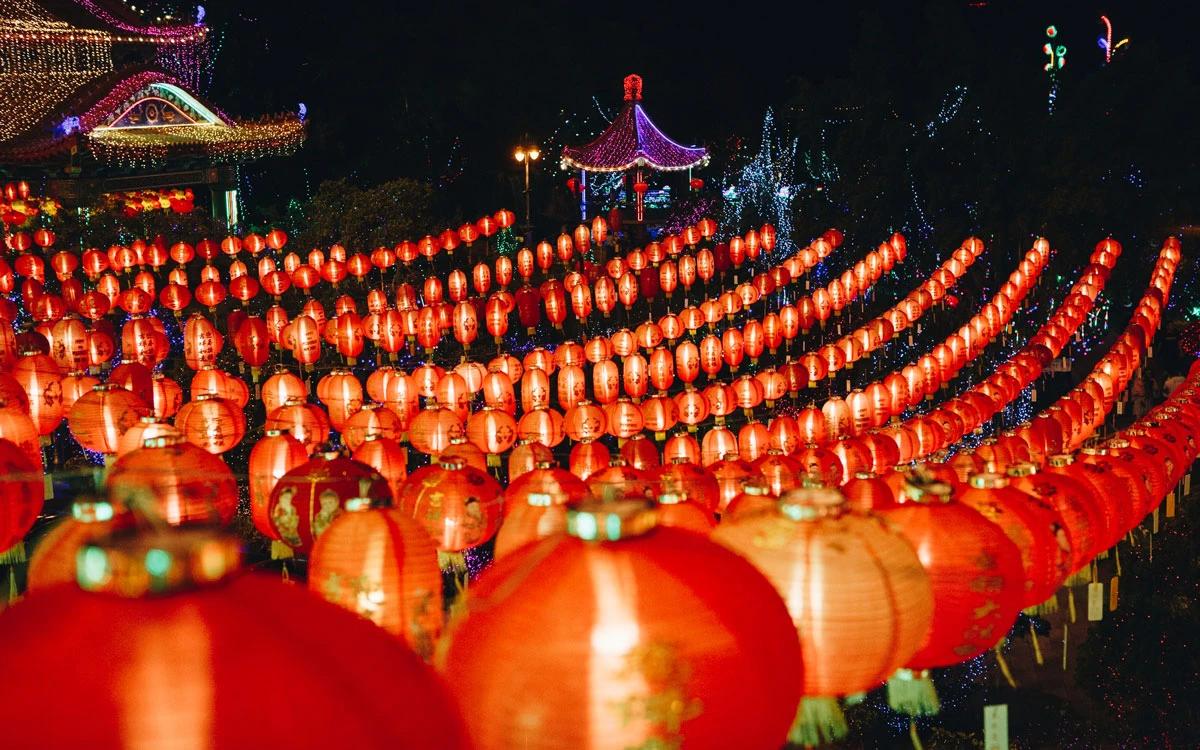
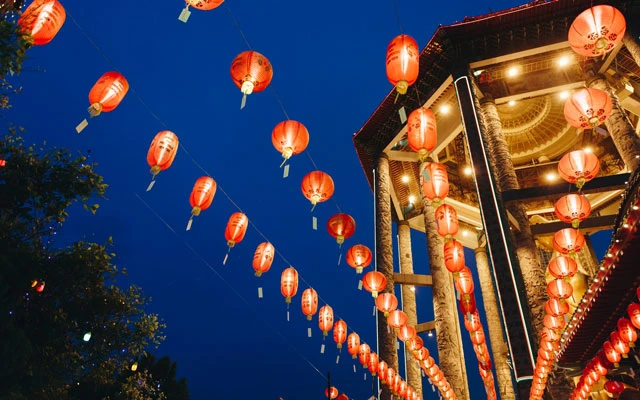
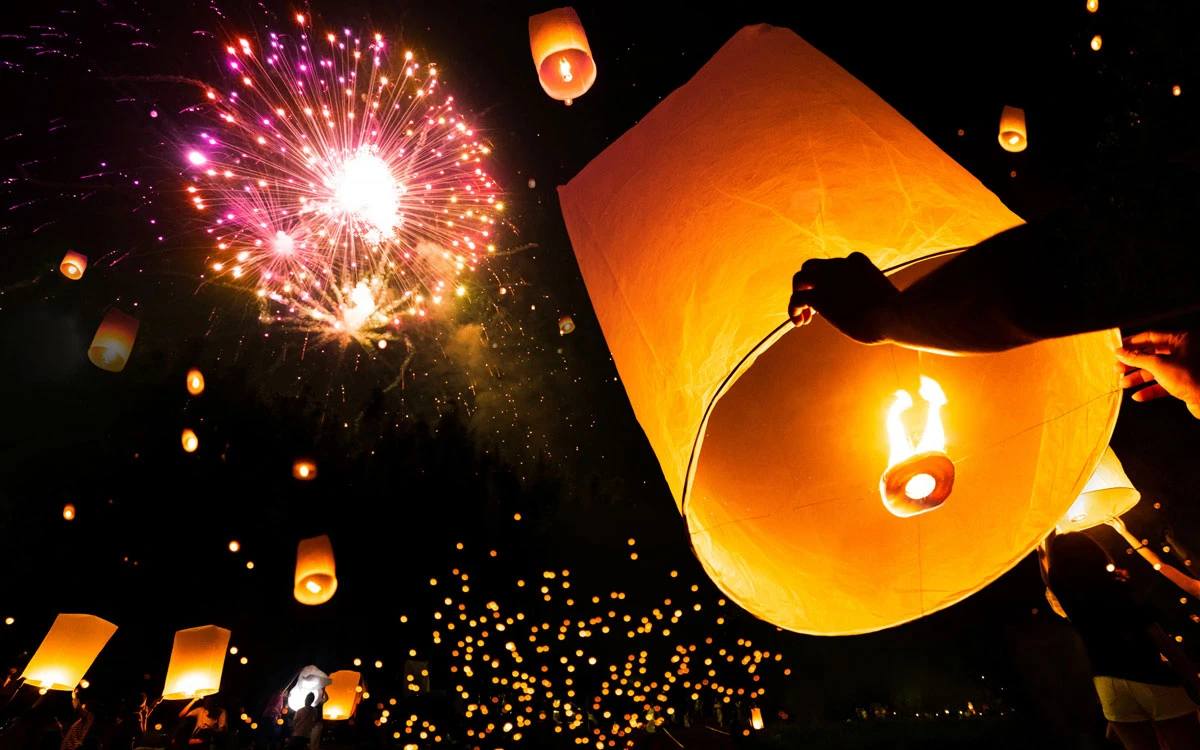
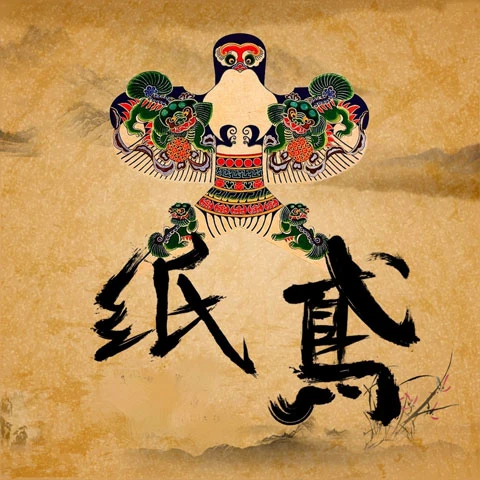
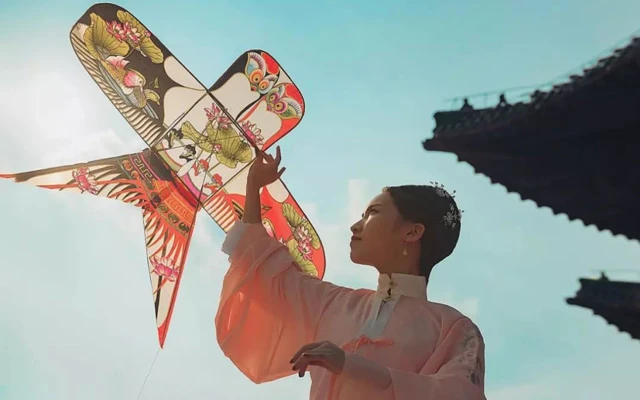
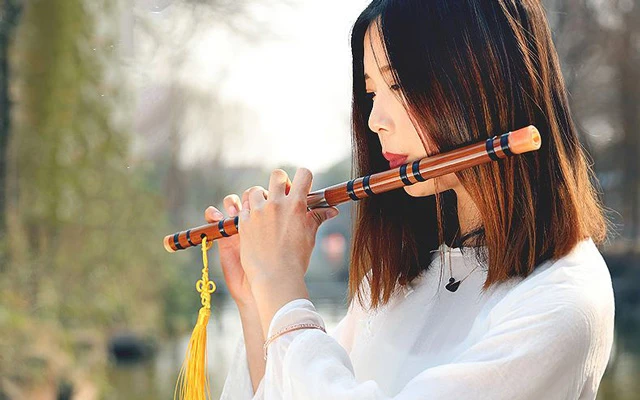
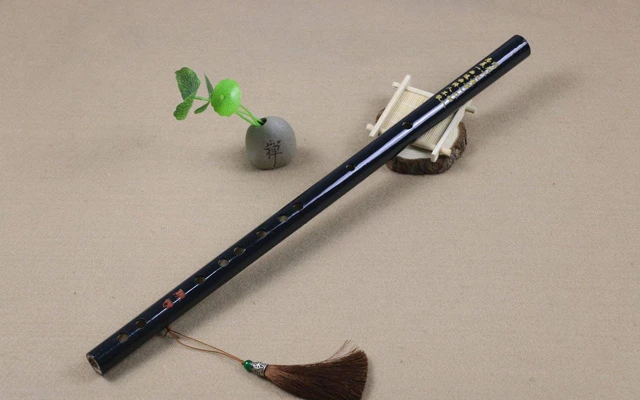
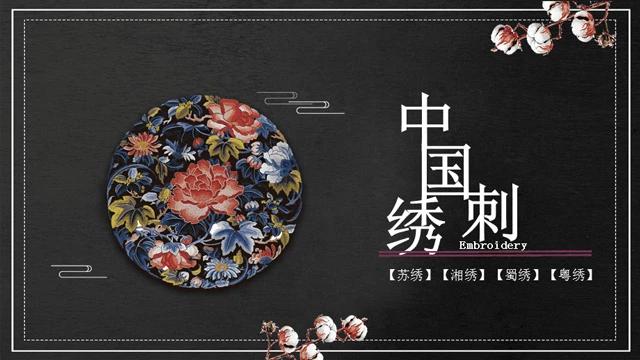
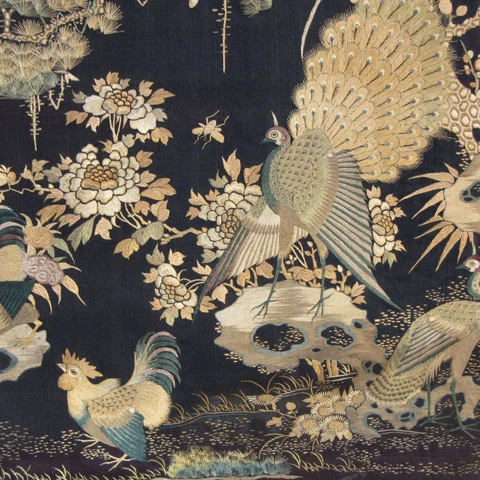
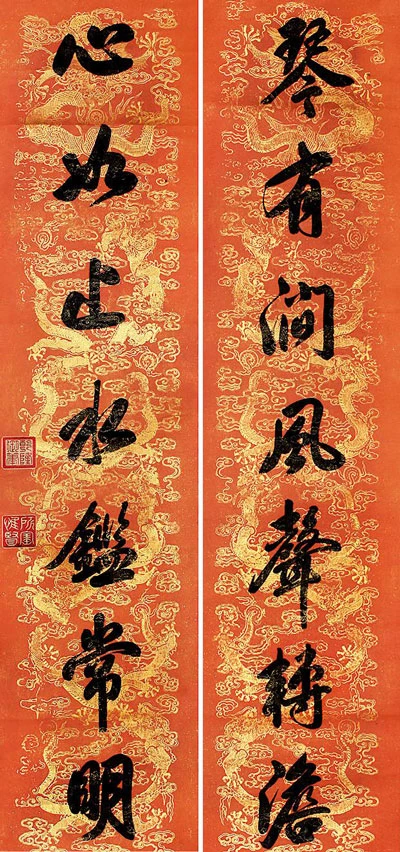
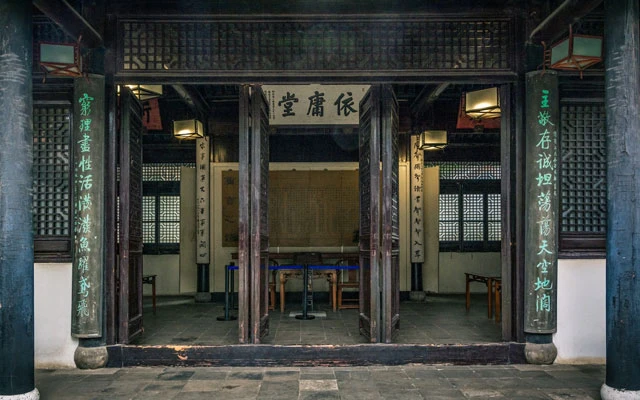


a couple years ago in a park next to our house was a chinese kite festival. There were so many different kinds of kites! And it was my first time to ever see a kite flying!
I love lantern fest!😍
Sebenarnya aku penasaran dalam lentera apinya dinyalakan dengan apa ?
Wah ini sangat bagus